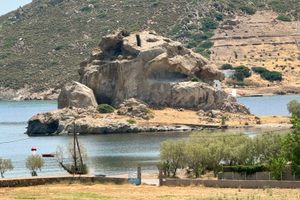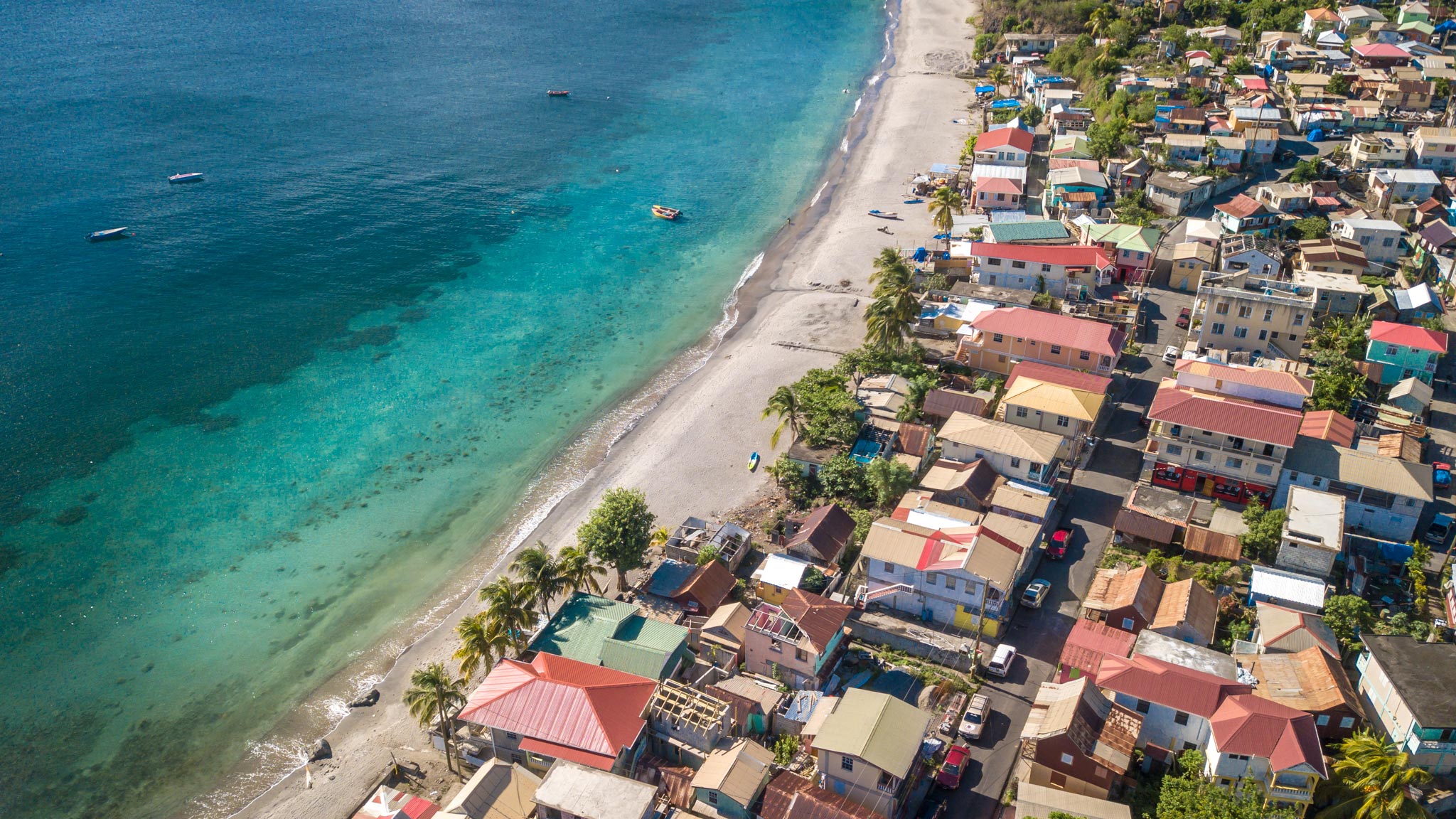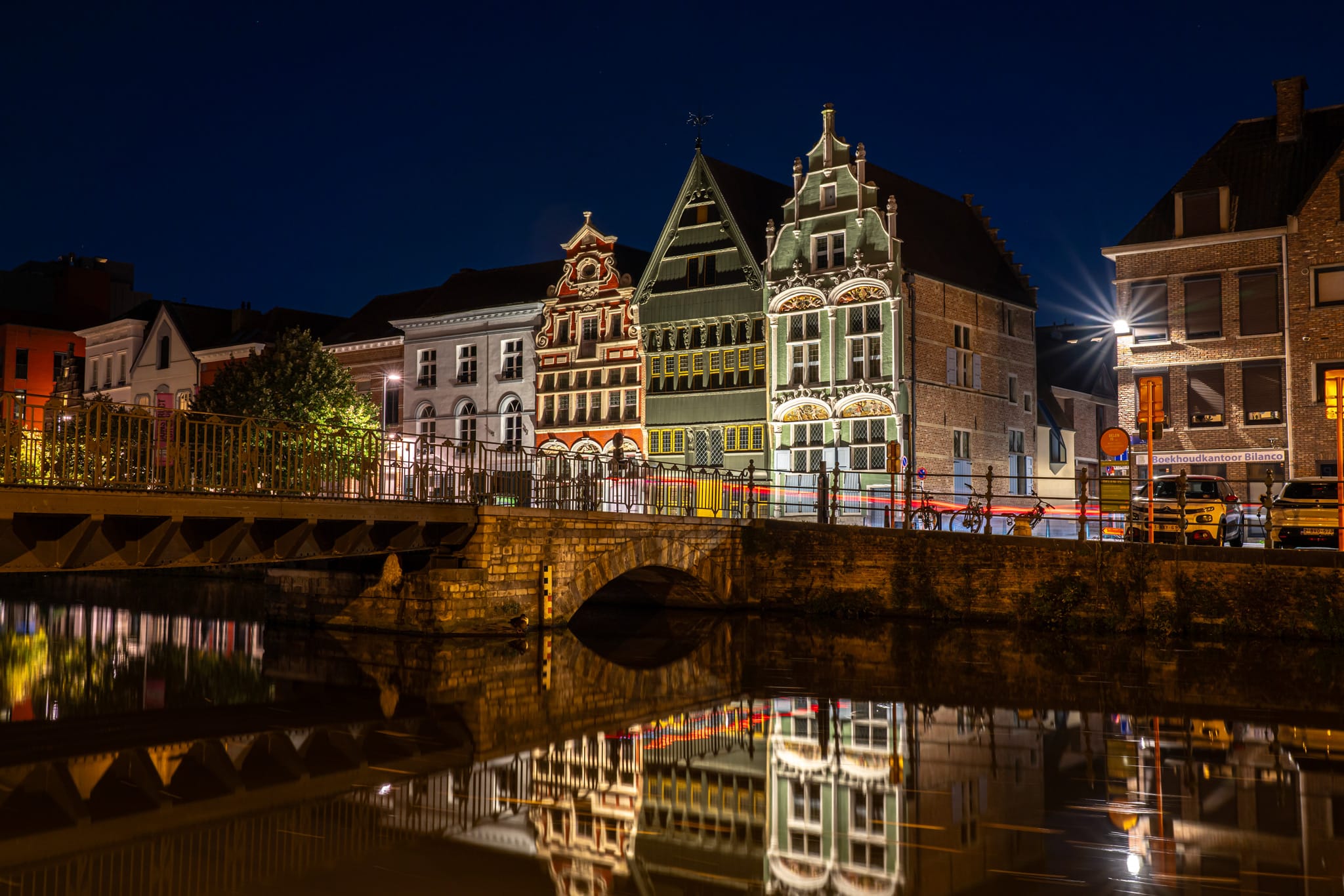Rock of Kalikatsou in Patmos, Greece
The Rock of Kalikatsou is more than a beautiful coastal destination. Located on Petras Beach on the island of Patmos, many say the site carries a strong spiritual energy. The rock is revered as a Christian pilgrimage site, and is at the center of several local legends. One of these legends says the rock was once a temple for Artemis, the goddess of love. What we know for sure is that the island shows evidence of human use as early as the 8th century BC. In 200 BC, under Roman rule, the island fell into disrepair. The population there decreased, and the island became a holding place for criminals and those banished from Roman society. In the year 95, the island's Christian era began with the arrival of St. John the Theologian, who was exiled from Ephesus, Turkey. It is said that he stayed on the island for 18 months, living in a cave below the Temple of Artemis. Allegedly, the the visions he experienced in the cave informed the last book of the New Testament. Many monks, nuns, and artists have since followed in his footsteps, moving to the island to live in monasteries and caves. Still today, the area is considered to be an important Christian pilgrimage site known as the "Jerusalem of the Aegean." Beyond the legends, the rock is named for the black sea cormorant that nest on it, also known as kalikatsou.


The Rock of Kalikatsou is more than a beautiful coastal destination. Located on Petras Beach on the island of Patmos, many say the site carries a strong spiritual energy. The rock is revered as a Christian pilgrimage site, and is at the center of several local legends.
One of these legends says the rock was once a temple for Artemis, the goddess of love.
What we know for sure is that the island shows evidence of human use as early as the 8th century BC. In 200 BC, under Roman rule, the island fell into disrepair. The population there decreased, and the island became a holding place for criminals and those banished from Roman society.
In the year 95, the island's Christian era began with the arrival of St. John the Theologian, who was exiled from Ephesus, Turkey. It is said that he stayed on the island for 18 months, living in a cave below the Temple of Artemis. Allegedly, the the visions he experienced in the cave informed the last book of the New Testament. Many monks, nuns, and artists have since followed in his footsteps, moving to the island to live in monasteries and caves.
Still today, the area is considered to be an important Christian pilgrimage site known as the "Jerusalem of the Aegean."
Beyond the legends, the rock is named for the black sea cormorant that nest on it, also known as kalikatsou.





































































































































































































































































